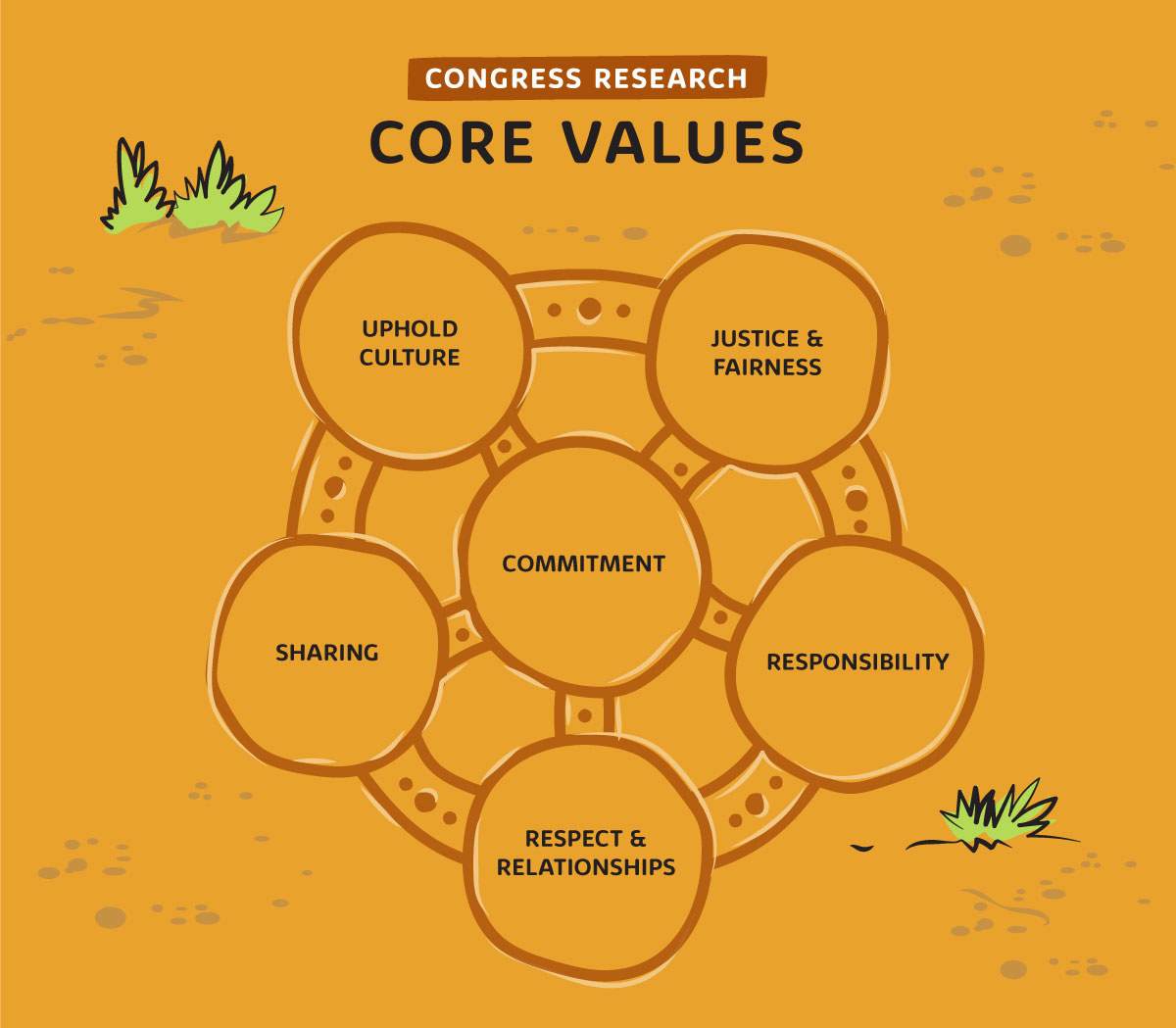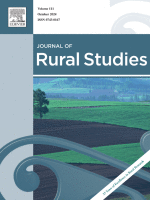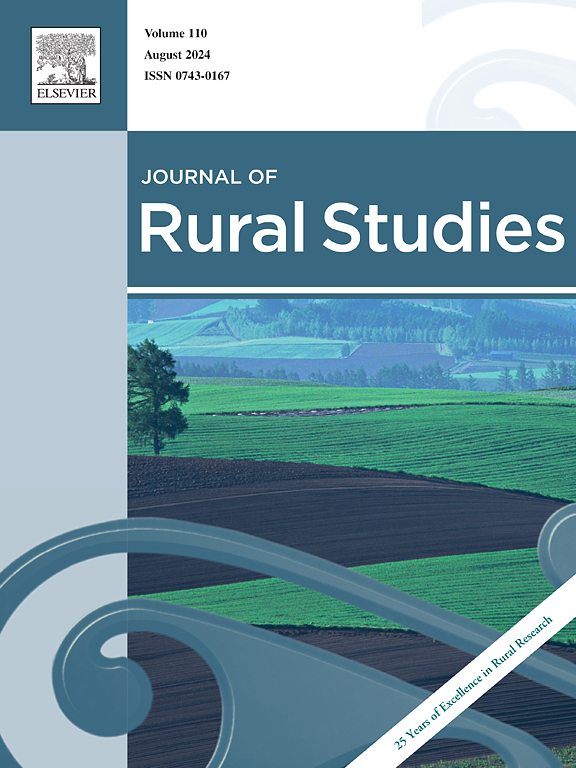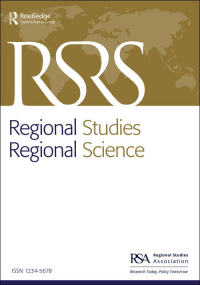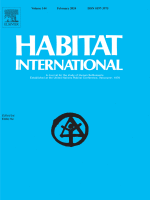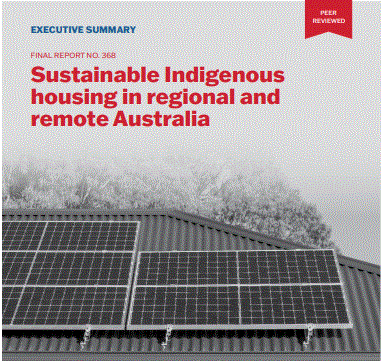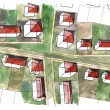Home Rural and Remote
Rural and Remote
- Research
This is a submission from Central Australian Aboriginal Congress to the development of the Northern Territory Homelessness Strategy 2025-30.
- Research
Through the lens of mobilities, we outline useful lessons and insights from this example of a backpacker visa, which are relevant for future research and debates around rural livelihoods, labour migration, and farming communities.
- Research
Unfortunately, many non-metropolitan communities do not have the housing stock needed to support residents as they age. This paper includes a three-part review.
- Research
In this paper, we apply regression modelling and descriptive statistics to compare short-term rental property utilisation across four regional markets in Australia both before and after the pandemic.
- Research
The main research aims were to facilitate social housing upgrading processes focusing on the delivery of value for users, achieving end-user empowerment, as well as assessing participatory decision-making through Living Labs.
- Research
This research is focused on patterns of population change through internal migration across Australian regional urban centres.
- Research
This research explores what is required for sustainable Indigenous housing in regional and remote Australia to deliver positive health and wellbeing outcomes for householders, so that housing stock is maintained at high levels over time and is designed with climate change challenges in mind.
- Research
Noosa Council is also in the process of investigating areas of the shire that could be rezoned from low density and rural residential to accommodate medium-density housing. Local Government Planning changes can facilitate innovation in housing design and supply.

